On the Verge. Now you see me now you don’t. 2019


This body of work emerged from several preoccupations. Firstly I am increasingly aware of the services that come to my and all other Australian suburban houses – reticulated gas, water, telecommunications and of the services that remove unwanted garbage and sewage. We take it for granted, but it comes as a result of the work of all sorts of people.
Secondly I am always interested in painting the overlooked details of our lives, in this case the workers who we don’t usually see as they maintain services. Finally, my work in the past has sought to render bodily energy in one way or another. In this exhibition bodily energy takes the form of workers using tools and their bodies to maintain the infrastructure.
Thea Katauskas and I chose to explore the activity on the nature strip. I painted workers, she painted trees. Once launched into the project, painting problems took over from intentions. I found that the actions of the workers dictated the composition. The focus of the painting has to be the focus of the action. Eyelines, painted lines, edges and colour have to draw the eye to the action. Wires were everywhere so painted line started to predominate. Paint does not “want” to make a line so the lines had a way of not being under my control. Much of the work takes place down a hole. The hole became a device which takes the eye past the picture plane, in the way that a window might. In contrast to a window, though, a hole does not give up its secrets, so we are not sure from the painting what is in the depths of the hole. Finally, a problem which I have only begun to explore is the tension between the fluorescent hi vis vests and the dappled shade which is everywhere on the verge. Now you see them, now you don’t.
I enjoyed my interactions with the workers, they were very generous in sharing their knowledge, and modelling for me. They were interested in what I was doing and I think that they valued the attention that I paid to their work.